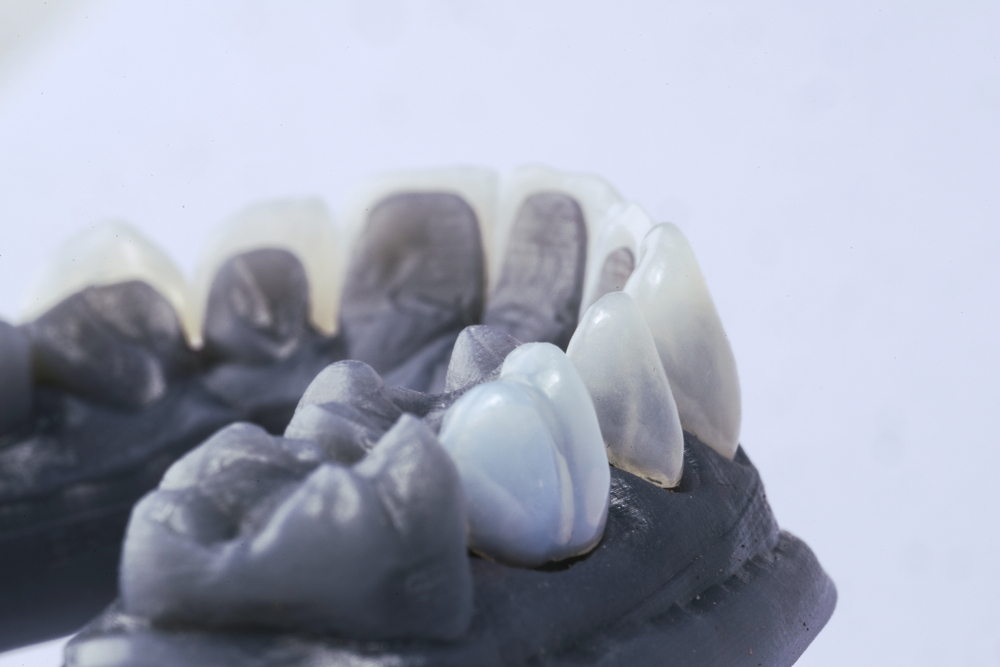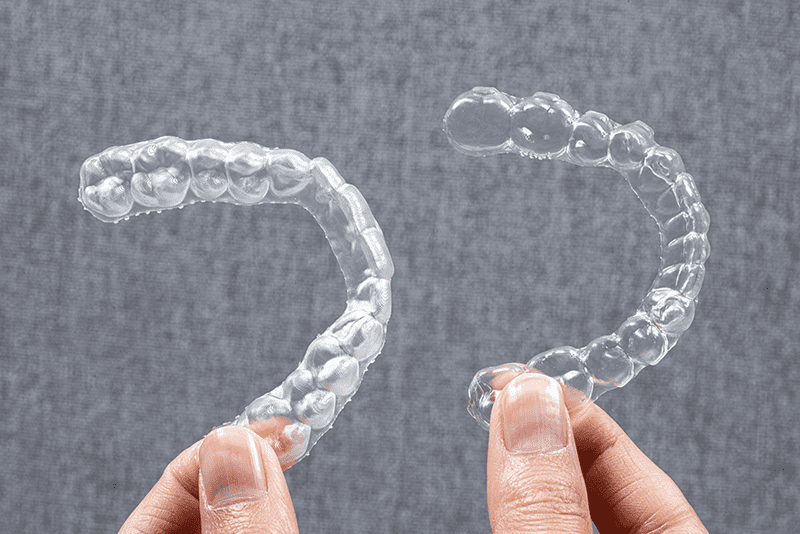Practitioners use dental models for diagnosis, patient education, treatment planning, and revisiting a patient’s mouth without repeated visits. Diagnosis and treatment depend on orthodontic study models, so practitioners must ensure they are accurate and high quality.
With a long fabrication process, it’s desirable to cut down production time and eliminate some steps without sacrificing accuracy. 3D printing is an alternative to the traditional process used to fabricate study models. It offers numerous advantages, reducing cost and discomfort for patients, and contributing to more desirable treatment outcomes.

Why Use 3D Printing for Orthodontic Study Models?
3D printing has made an impact in many industries, especially where one-off products, customized products, or low-volume production are standard. 3D printing provides four primary advantages in orthodontic study model production:
Less Labor
The dominant advantage of 3D printing systems is the ability to produce a range of products with the same hardware, software, and set of resins. 3D printers do not require any tooling, and users can print a finished product directly from a digital model. With advancements in DLP printers and photosensitive dental resins, orthodontic study models can directly print from intraoral scans, requiring less manual labor and fewer production steps. In addition, the labor for printing study models requires less skill than models made with the traditional method because 3D printing digitalizes and automates the production process.
Aesthetic and Dimensional Accuracy
Dental professionals can leverage 3D printing to produce more accurate orthodontic study models than the traditional process with a mold. Involving many steps including multiple pourings, trimming, grinding, and drying, the traditional process is manual and prone to errors. Each step can accumulate small dimensional errors that can result in an unusable final product.
A 3D-printed orthodontic study model will be more accurate because it is not a manual process – the printer directly prints the model from a digital file with high accuracy. In addition to dimensional accuracy, dental providers can use advanced 3D printing dental materials to produce orthodontic dental study models with lifelike color. Realism aids patient education and treatment planning.
Less Post-Processing
Advanced 3D printing processes typically require less post-processing than first-generation 3D printers to produce orthodontic study models and other dental appliances. Orthodontic study models printed with modern DLP printers and photosensitive dental resins only require support removal, washing the cured resin, and a quick buffing. Contrast this with the traditional process, which requires multiple grinding and polishing steps to produce a realistic model.
Faster Turnaround
Producing orthodontic study models with 3D printers is faster than traditionally made study models with a significant reduction in labor and post-processing steps. With the right printer and materials, practitioners can produce and present these study models to a patient on the same day. Multiple dental models can print in batches when using a printer with a large build platform. This fast turnaround helps accelerate diagnosis or planning, reducing the overall treatment time and leading to higher patient satisfaction. In the traditional process with an external dental lab, producing and shipping study models takes days or even weeks.
Other 3D-Printed Dental Products
Another benefit of using the right 3D printing system and material is the flexibility to produce other dental products. Practitioners and service providers will see many of the same advantages for orthodontic study models as other dental appliances when using 3D printing. For example, dental appliances can include:
- Clear aligners: Practitioners can use advanced 3D printing materials to directly print same-day clear aligners from a patient’s intraoral scan.
- Night guards and retainers: The best printers offer as high as 25-micron resolution and allow the exact definition of the gum line.
- Crowns and bridgework: A single process can 3D print accurate crowns and bridgework with FDA-qualified resins.
- Dentures: Practitioners can easily print a set of dentures, and if necessary, make adjustments and quickly re-print them for a patient.
- Surgical guides: Guides directly printed from an intraoral scan are provided to an orthodontic surgeon much faster than a traditional dental lab.

Producing a wide range of dental appliances requires a flexible 3D printing solution, such as DLP printers with photoinitiated advanced dental resin materials that have received FDA qualification. The best 3D printing companies provide a vertically integrated solution that also includes dental modeling software along with 3D printers and dental 3D printing resins. Dental professionals can bring printers in-house or outsource to an external facility like a dental lab. Either route gives dental professionals a flexible option for producing custom dental appliances in less time with higher accuracy, lower cost, and less material waste.
LuxCreo’s patented LEAP™ (Light Enabled Additive Production) process with their advanced additive manufacturing dental materials enables the production of a wide range of custom dental products that includes orthodontic dental models. With support for fast as well as high-mix, low volume batches, dental sites, and companies can print onsite, or take advantage of flexible on-demand production with cloud-connected 3D printers in a Smart Factory for rapid prototyping or full-scale production. For more information on how our services can improve your supply chain and manufacturing processes, visit our contact page or call (650) 336-0888.
